Calligraphy: Islamic art rediscovered
An exhibit in Rawalpindi attempts to revive, sustain, and reinvent Muslim heritage and art.
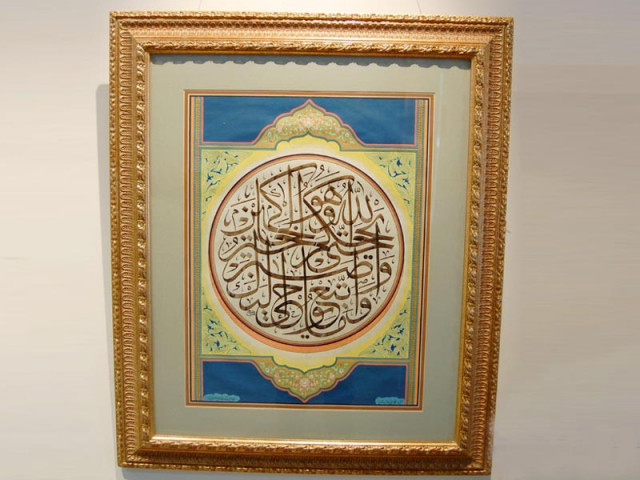
Calligraphy, historically used for the means of preservation of Quranic text, is one of the most revered forms of Islamic art. Practiced in Pakistan for years, artistic geniuses like Sadequain brought the art form into the mainstream. Recently, a week-long calligraphy exhibition was held at the Rawalpindi Arts Council from November 28 to December 5, 2011, to mark the commencement of the month of Muharram while celebrating and remembering the Muslim heritage.
On display at the exhibition were 50 pieces from 10 renowned calligraphers — Aftab Ahmed Khan, Elahi Bux Matteh, Ibne Kaleem, Imran Tahir, Azeem Iqbal, Abdul Rehman Tabani, Tayyab Munawar, Anwar Saddidi, Mehmood Ali and Isra Ambreen.
Muhammad Azeem Iqbal, one of the artists participating in the exhibition said, “We can change the perception the world has towards Pakistan through arts and culture. Islam is about art and peace, not violence and war, and this calligraphic exhibition is trying to remind people of that.”
Senate member Najma Hameed echoed Iqbal’s sentiments in her inaugural speech, “Calligraphy is our cultural obligation, we should respect and support our calligraphers as this is the only art form unique to Islam.”
Khan’s collection, entitled ‘Pride of Performance’, depicted images from Islamic and Gandhara heritage. His calligraphy heavily employed vibrant oil paints with relics, flora and fauna from the era to artistically display the Islamic manuscript. Prize-winning calligrapher, Matteh also employed the traditional art form as well as the ‘Khat-e-sols’ form (letter writing). Matteh is much revered for his work and is the artist behind the calligraphed Quranic verses hanging outside of the Parliament Building.
Departing from the traditional form was Iqbal’s sculptured, three-dimensional, mixed media on canvas/board. He employed materials such as leather, wood, tree pulp, animal skins, different kinds of cloth, copper, gold leaf, lead, beads and stones in his work. His pieces aimed to depict the advent of transcribing the Holy Quran and Prophet Muhammad’s (pbuh) sayings. Many cave-like images are also used to show that “before the use of language, expression was done through cave art. Once language came along, we were able to artistically represent words which in turn became art again,” he explained.
In addition to employing the ‘Wasli’ calligraphy form, Iqbal also mixed Holy water, ‘Aabe Zamzam’ with his paints. One of his most startling pieces depicted the Miracle of Prophet Muhammad (pbuh) when he transcended the heavens during a dream-like state within a second’s time. Another take on calligraphy was seen in Munawar’s abstract interpretation of the form. He geometrically represented Arabic words using a varying colour palette to add to the sensitivity that emerged from the pieces.
The Express Tribune had the chance to speak with students and aspiring artists at the Arts Council and gauged their views on calligraphy and traditional art forms. Haniya Zaidi, a student of Mughal Miniature and Calligraphy commented, “Art students are gravitating towards the more modern forms of art but I think there is a strong need to sustain and revive our own traditional forms.”
When asked how prevalent traditional art forms like calligraphy are in their daily lives, Fatima Khan, another student at the exhibition replied, “Sadly, these days, there are paintings from other cultures and countries that I see more often than those from our own culture. There should be a conscious effort to display our works, especially in schools, to inspire the youth.”
Published in The Express Tribune, December 2nd, 2011.


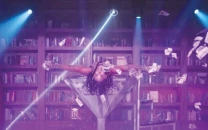
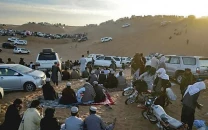
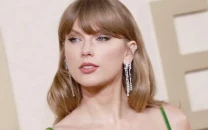


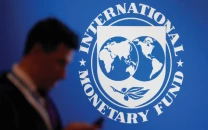
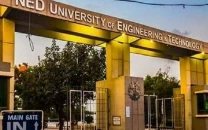
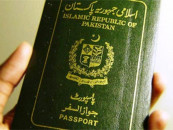
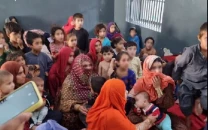
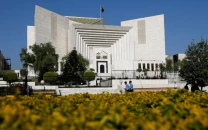
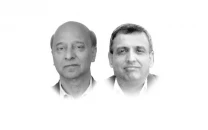





COMMENTS
Comments are moderated and generally will be posted if they are on-topic and not abusive.
For more information, please see our Comments FAQ